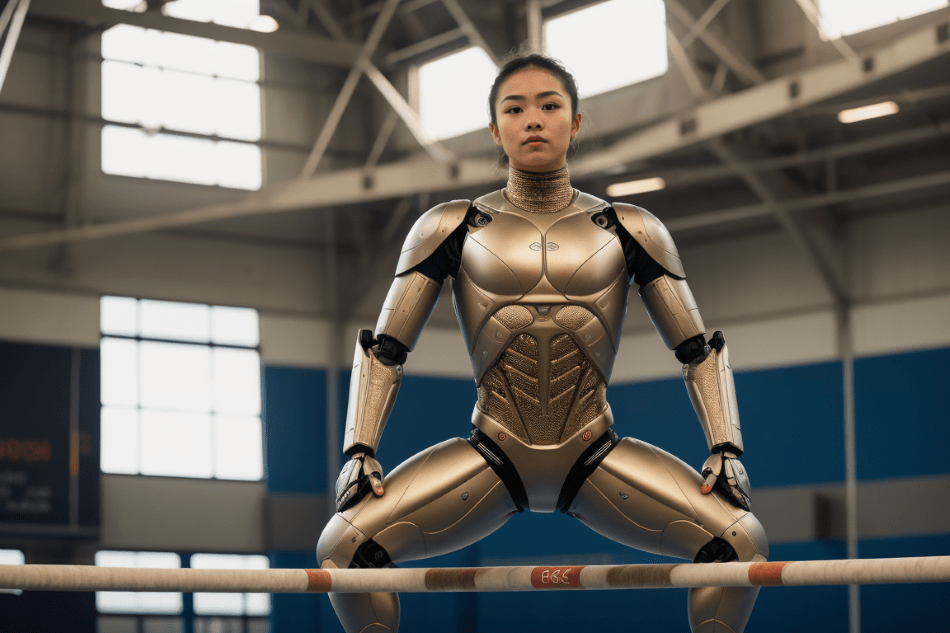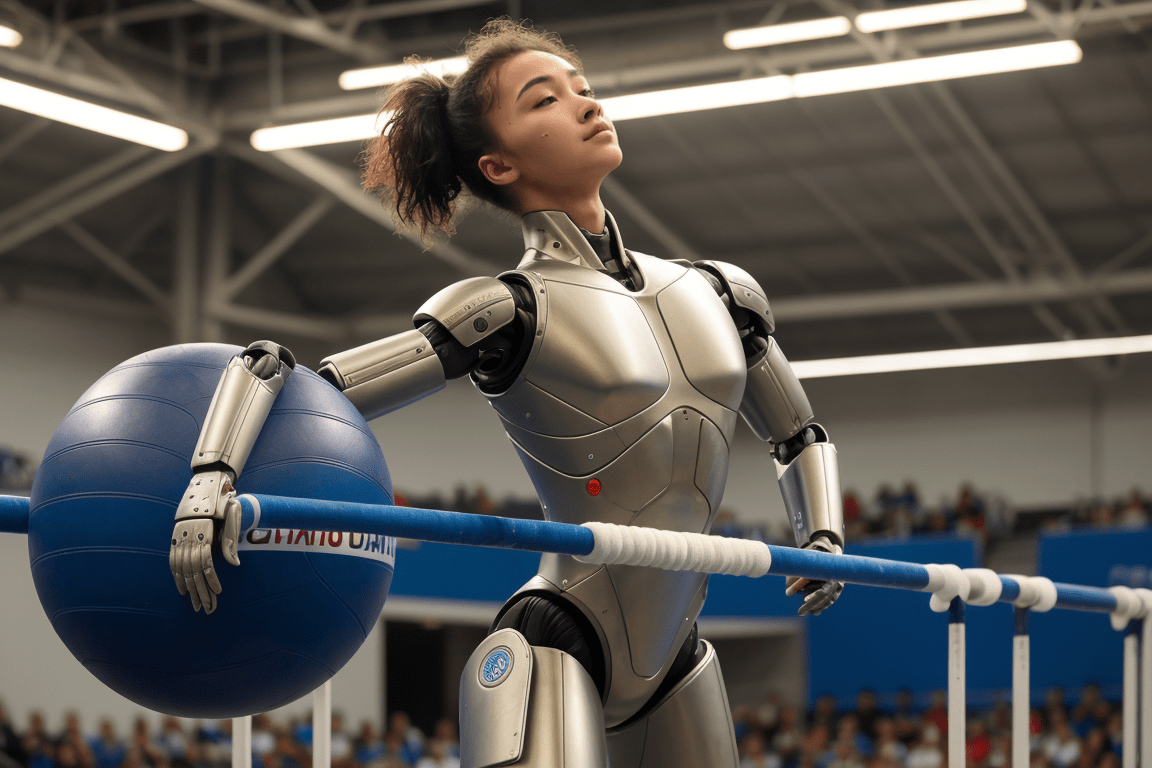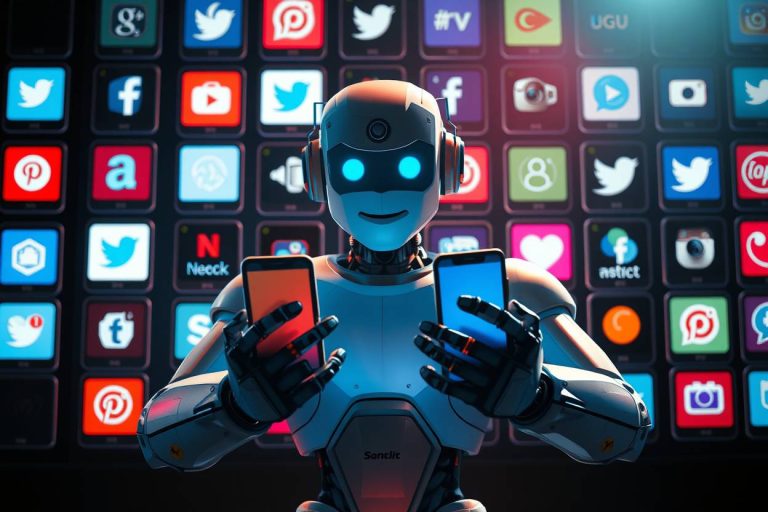OpenAI Gym: Where Your AI Learns to Think and Act

Imagine if machines could learn the way we do – by trying things out, getting better with practice, and figuring out what works best through rewards. That’s why research have developed a training technique called “reinforcement learning (RL)”. OpenAI Gym is one of the best platforms to explore, test and implement RL in training AI for real life situations, without letting it run wild!
Key Takeaways
- OpenAI Gym is your AI’s ultimate training ground for learning through practice and rewards.
- Experiment with diverse environments: games, robots, even finance simulations are available.
- Researchers, businesses, and enthusiasts all find value in OpenAI Gym.
- Gym powers AI breakthroughs in robotics, gaming, self-driving tech, and many more fields.
- Open-source collaboration is key – Gym thrives on shared knowledge and innovation.
With OpenAI Gym, you can train AI agents to play games, control robots, and make smart decisions in all sorts of tricky situations. I believe everyone would like their home appliance humanoid tested before letting it in your house, right?
Your AI’s Training Ground: What Makes OpenAI Gym Special
Think of OpenAI Gym as a huge collection of virtual challenges. Inside OpenAI Gym, you’ll find everything from classic Atari games to simulations of robots learning to walk. It’s like a massive school for AI, where your AI agent is the student, and the goal is to learn how to get the best rewards, by completing the tasks in the most effective way.
- Standardized Environments: OpenAI Gym gives us a common way to test and compare different RL ideas. It’s like everyone is working on the same homework problems!
- Varied Challenges: Whether you want your AI to play chess, teach a robot to cook, or even design a stock trading strategy, Gym has an environment to help in those situations.
Reader Tip: Think of an AI agent as a little software brain that gets better with practice 🧠
OpenAI Gym: Where AI Innovation Meets Real-World Solutions
Robotics: Hyper-optimized Warehouse & Factory productivity
Think of robots that can adapt to new environments, handle delicate objects, and navigate unpredictable factory floors. Gym offers a simulated playground where robots can learn these complex skills without risk to themselves or the physical world. Benefits include:
- Faster Learning: No more long setup times; robots train 24/7 in simulations.
- Safety: Avoiding expensive and dangerous real-world mistakes.
- Enhanced Agility: AI-powered robots adapt to changing conditions and unforeseen situations.
Game AI: Leveling Up the Gaming Experience
Gym lets developers go beyond scripted game characters, creating AI opponents that learn and strategize like human players (or even better!). This leads to:
- Dynamic Challenges: No more predictable gameplay; AI rivals keep you on your toes.
- Immersive Realism: Games feel more life-like with adaptable, self-learning characters.
- Testing New Ideas: Gym provides a safe space to experiment with cutting-edge game AI concepts.
Self-Driving Cars: Safety in Simulated Miles
Before hitting the highway, self-driving AI needs to clock in millions of virtual miles. Gym provides this testing ground, allowing AI to handle tricky intersections, pedestrian crossings, and unexpected events. This translates to:
- Rigorous Testing: Simulating endless scenarios to enhance safety before real-world trials.
- Rare Event Training: AI can practice handling dangerous situations otherwise difficult to replicate.
- Ethical Development: Gym’s virtual world ensures safe AI training, protecting drivers and pedestrians.
Finance: AI-Powered Trading and Decision-Making
Imagine AI systems that analyze market trends, predict asset prices, and learn to make profitable trades. In this domain, Gym offers the potential to:
- Data-Driven Strategies: AI learns from massive historical market data, unearthing hidden patterns.
- Adaptive Execution: Gym-trained AI can adjust to changing market conditions in real-time.
- Risk Management: Testing trading strategies in simulations helps minimize potential financial losses.
Beyond the Core: Pushing the Boundaries

OpenAI Gym’s flexibility means its applications continue to grow. Here are a few more exciting areas:
- Healthcare: AI-powered systems for medical diagnosis and personalized treatment plans
- Manufacturing: Optimizing production lines, logistics, and supply chain management
- Scientific Discovery: Simulating complex molecular interactions for drug design and materials science.
OpenAI Gym is a catalyst for innovation. As its capabilities expand, so does the potential to solve real-world problems and shape the future with intelligent, adaptive systems.
Installing and Using Gymnasium: Your Practical Guide
Update on OpenAI Gym to Gymnasium:
The beloved OpenAI Gym has smoothly transitioned to Gymnasium, now maintained by the Farama Foundation. This non-profit organization champions open-source AI development, ensuring Gymnasium remains a powerful and accessible tool for all. While the fundamental concepts stay the same, the installation process has a slight update.
Here’s how to access and use Gymnasium:
Prerequisites
- Python (3.7+): Gymnasium is a Python library, so you’ll need a working Python installation. You can download the latest version from the official Python website (https://www.python.org/).
- pip: This is Python’s package installer. It usually comes bundled with your Python installation.
- Basic Reinforcement Learning Understanding (Recommended): While not strictly mandatory, having some idea of how reinforcement learning works (agents, environments, rewards) will make your journey with Gymnasium much smoother.
Installation
- Open Your Terminal or Command Prompt: Access your computer’s command-line interface (Terminal on macOS/Linux, Command Prompt on Windows).
- Install Gymnasium: Type the following command and press Enter:

Basic Workflow
- Import Gymnasium: In your Python script or notebook, start by importing the Gymnasium library.

- Create an Environment: Choose an environment from Gymnasium’s extensive collection.

- Reset the Environment: Before starting, you’ll need to initialize the environment for the first attempt

- The Agent-Environment Loop: This is where the reinforcement learning magic happens:
- Get an action from your agent: This depends on how you’ve designed your agent.
- Take a step: Apply the action to the environment using
env.step(). This returns:- New observation (state of the environment)
- Reward (how well the action did)
- Done (whether the episode is over)
- Info (additional debugging info)
- Render (optional): Use
env.render()to visualize the environment. - Repeat until the episode is done.
Documentation is Your Best Friend: The official Gymnasium documentation (https://gymnasium.farama.org/) is incredibly detailed and helpful.
Whether you’re a researcher pushing the boundaries of AI, an entrepreneur envisioning disruptive applications, or simply an enthusiast fascinated by intelligent machines, OpenAI Gym (Gymnasium) provides a powerful and accessible launchpad.




